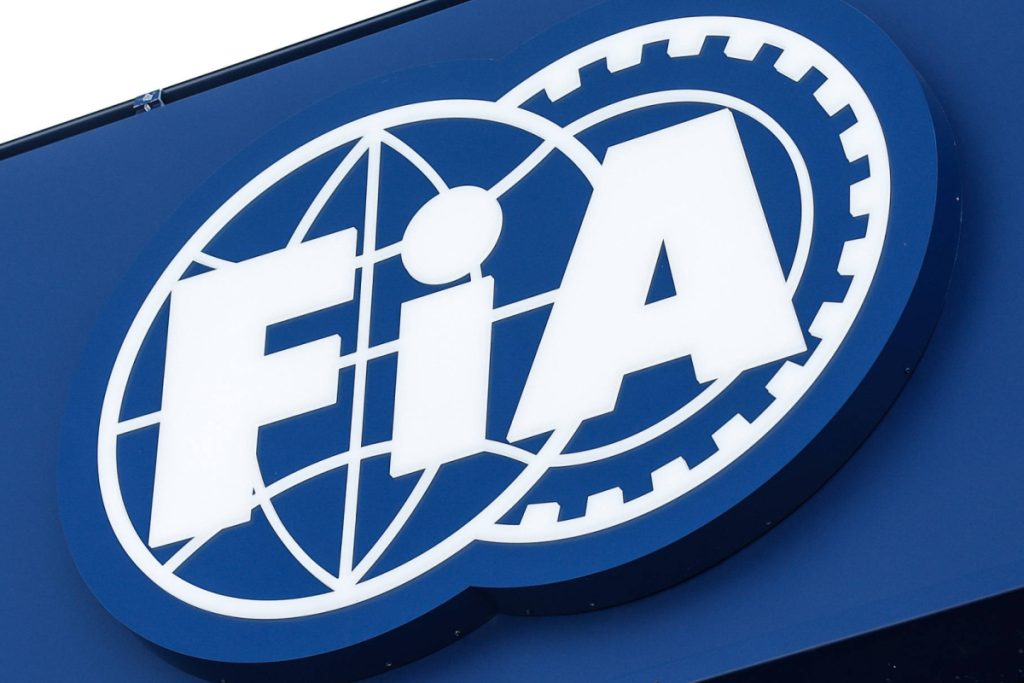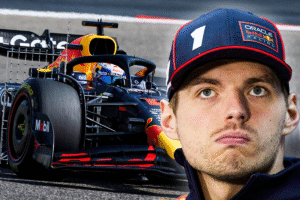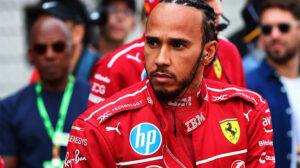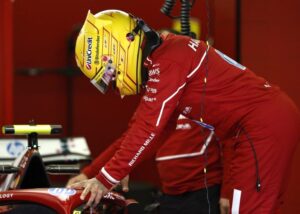Just in:FIA announce new 2025 ….read more

FIA announce new 2025 ….read more
The FIA has announced several important rule changes ahead of the 2025 Formula 1 season, following a recent meeting of the World Motor Sport Council during the FIA’s annual awards ceremony in Rwanda. These changes come as the sport prepares for one of its most highly anticipated seasons in recent years, with key driver moves shaking up the grid and major technical changes on the horizon.
The 2025 season will be pivotal, not only due to the prospect of a dramatic title fight, but also because of several new regulation tweaks. One of the biggest stories surrounding the 2025 season is the much-anticipated move of seven-time World Champion Lewis Hamilton to Ferrari, as he makes one final push to secure an unprecedented eighth world title. This high-profile move has sparked a domino effect across the driver market, with Carlos Sainz joining Williams, Nico Hulkenberg heading to Sauber, and several teams opting for promising young talent such as Kimi Antonelli at Mercedes and Ollie Bearman at Haas.
In addition to these changes, the FIA has announced new rule adjustments to further shape the competitive landscape for 2025. Although the 2026 season is expected to bring sweeping new regulations to Formula 1, the 2025 changes are more focused on refining specific aspects of the current technical and sporting rules. Two key areas of focus are DRS (Drag Reduction System) regulations and driver cooling systems, both of which have been subject to ongoing scrutiny and controversy in recent years.
One of the major rule tweaks centers on the minimum gap allowed in the rear wing slot when DRS is closed. For 2025, this gap will be reduced to a range of 9.4 to 13mm. The change is a direct response to concerns raised during the 2023 Azerbaijan Grand Prix, where McLaren’s use of a ‘mini DRS’ system sparked a significant debate. The adjustment aims to close the loophole that allowed teams to gain an unfair advantage with unconventional wing designs, providing a more level playing field for all competitors. This rule change is expected to make DRS usage more standardized and prevent teams from exploiting the system in ways that could create an imbalance in performance.
Another key rule change pertains to driver cooling. The FIA recently introduced new cooling kits for drivers, which are designed to help manage the intense heat in the cockpit, especially during particularly hot races. However, these cooling systems also add extra weight to the cars, raising concerns about their impact on performance. To address this, the FIA has decided to make the use of these cooling kits mandatory in specific conditions. From 2025 onward, the use of driver cooling kits will be required whenever the race director declares a ‘heat hazard’ or when official weather forecasts predict temperatures exceeding 30.5°C. This decision is intended to ensure that drivers’ health and safety are prioritized in extreme conditions while also maintaining fairness in competition.
The introduction of mandatory cooling kits in hot conditions is a step towards safeguarding driver welfare, particularly during races in tropical or desert climates, where extreme heat can pose a serious risk. By making the kits mandatory only when necessary, the FIA hopes to balance driver comfort with the overall weight distribution and performance of the cars. This move also aligns with the ongoing push to enhance safety in the sport while keeping the racing competitive.
As the 2025 season draws nearer, teams and drivers will need to adapt to these new regulations, with some already speculating about the impact they will have on car development and race strategies. The tweaks to the DRS and cooling systems are just the beginning, as the sport looks forward to more significant changes in 2026, which will overhaul the technical regulations and shape the future of Formula 1.
For now, though, the changes for 2025 are crucial to maintaining fairness and safety in the sport. As the FIA continues to refine the rules, the expectation is that these adjustments will contribute to an exciting and competitive season, one that promises to be full of intrigue, particularly with the driver lineup and potential for upsets on the grid.





